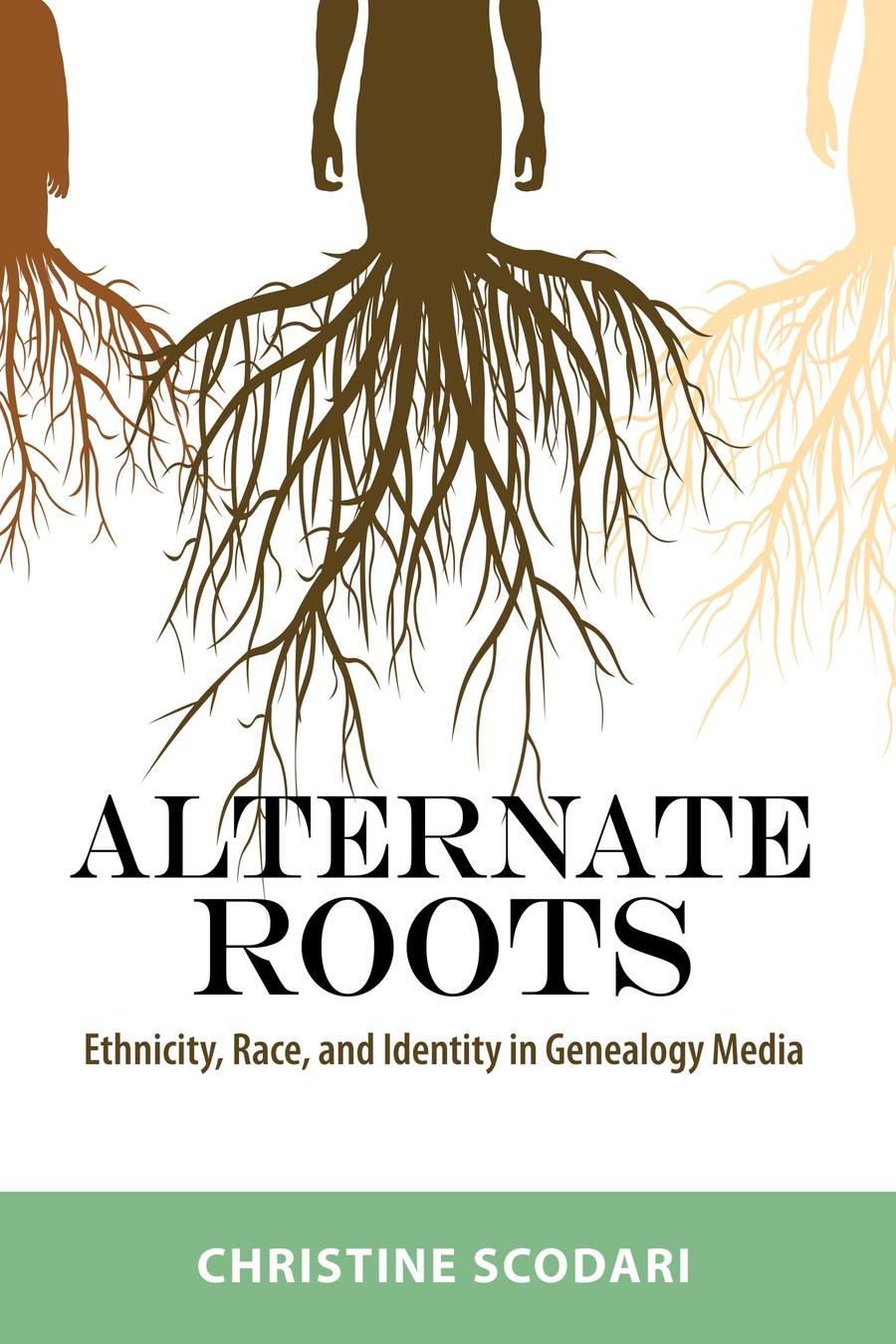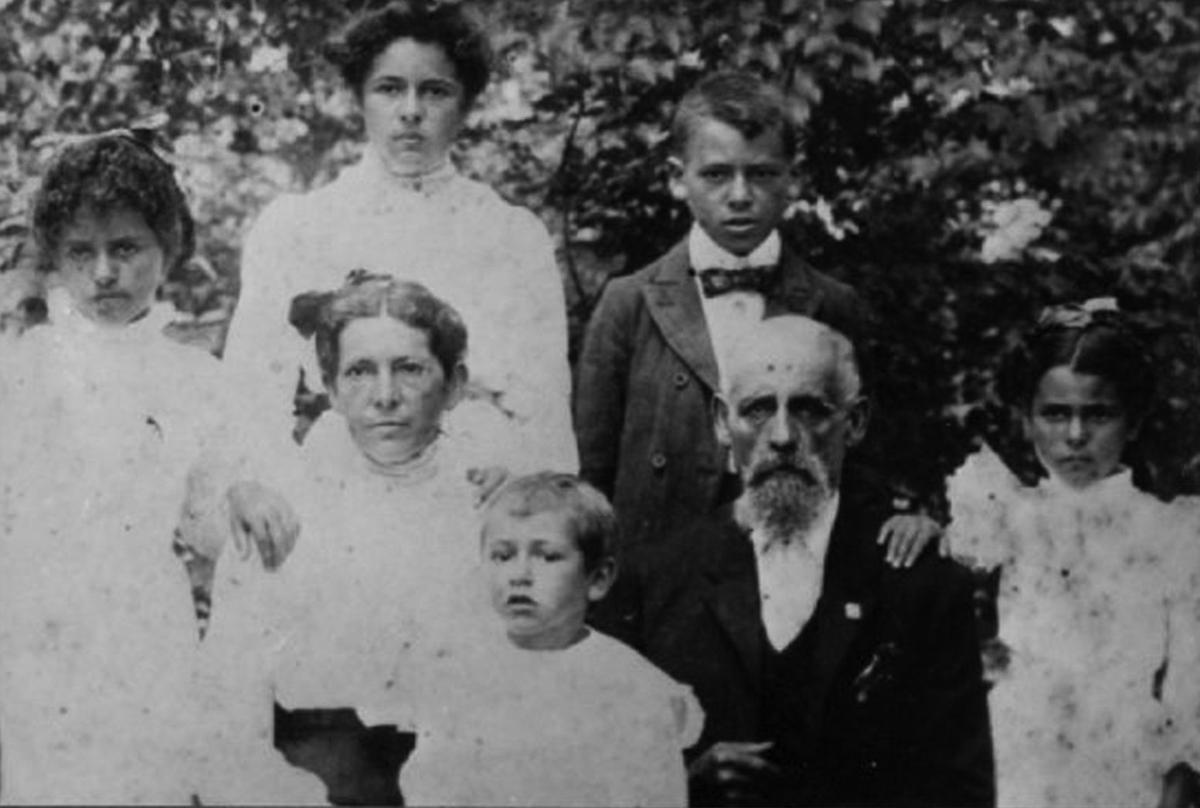Is the Black Quarterback Revolution Going to Last?Posted in Articles, Media Archive, United States on 2020-02-02 23:08Z by Steven |
Is the Black Quarterback Revolution Going to Last?
The New York Times
2020-02-02
Patrick Mahomes of the Kansas City Chiefs is part of a vanguard redefining the position. But it is a watershed only if it is widespread and persistent.
MIAMI — The N.F.L.’s longtime leading men, the ones with the pizza commercials and the Super Bowl rings, whose names adorn the league’s most-sold jerseys, showed their mortality this season in ways that were uncomfortable to watch.
Tom Brady and Drew Brees didn’t make it through the first round of the playoffs. Aaron Rodgers missed the Super Bowl, too, by losing in a later round. Eli Manning retired, usurped as the Giants’ leader after 16 years. Ben Roethlisberger played like he should be considering it, too.
Together they helmed 12 of the last 18 Super Bowl-winning teams. And all are pushing 40 years old or past it.
Yet their aging out of the game leaves no void, as these playoffs have highlighted the rise of quarterbacks whose savvy and daring have stolen our attention. Russell Wilson’s third-down scramble to survive the Philadelphia Eagles, Patrick Mahomes’s bionic touchdown run for the Chiefs against the Tennessee Titans, Deshaun Watson of the Texans’ magical escape from a sack to beat the Buffalo Bills. Everything that Lamar Jackson did…
Read the entire article here.








